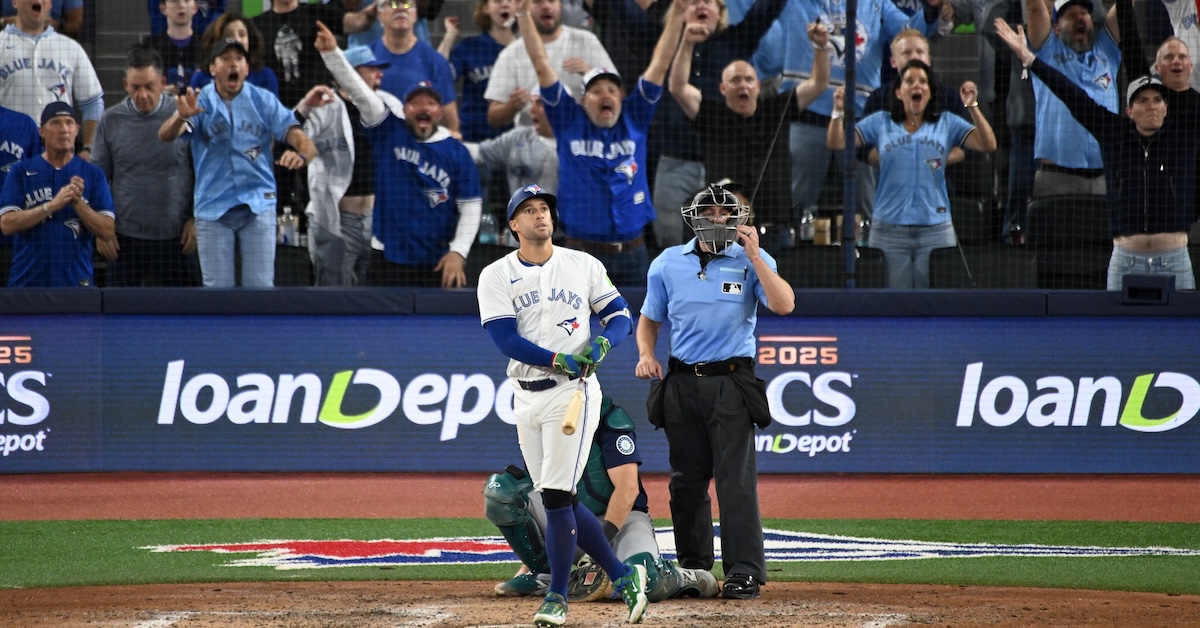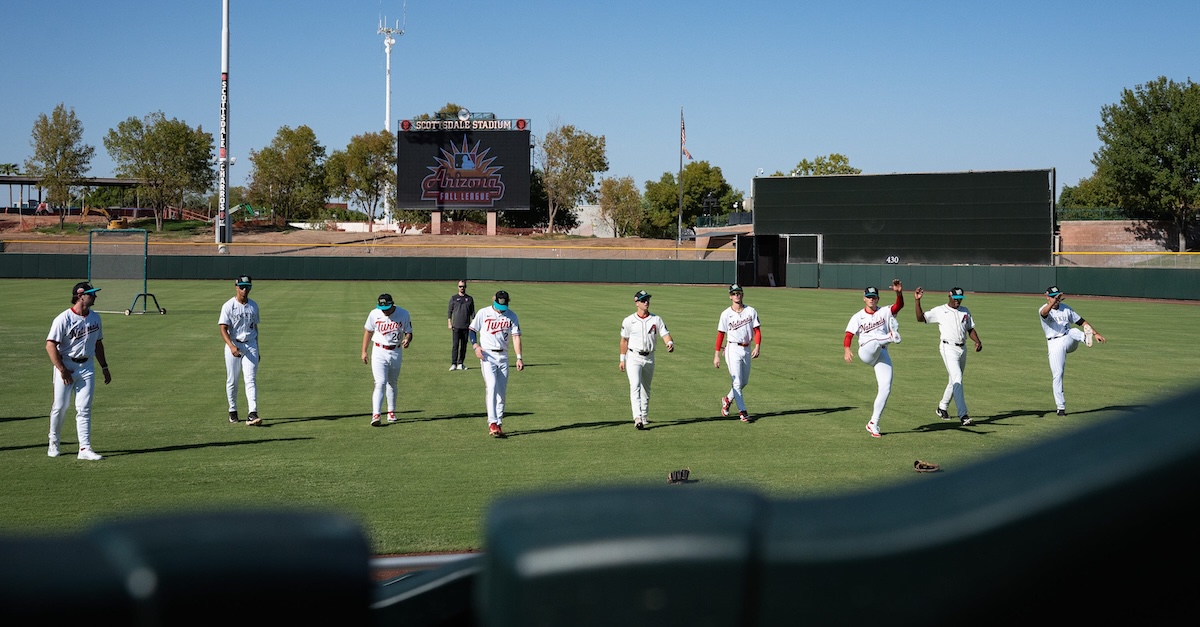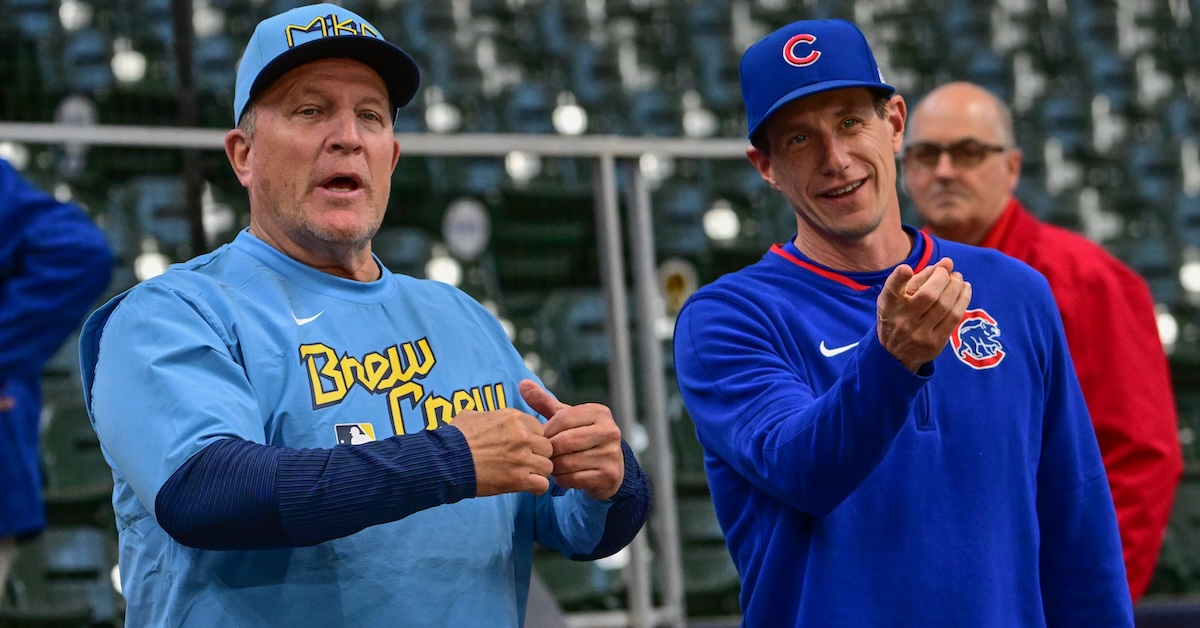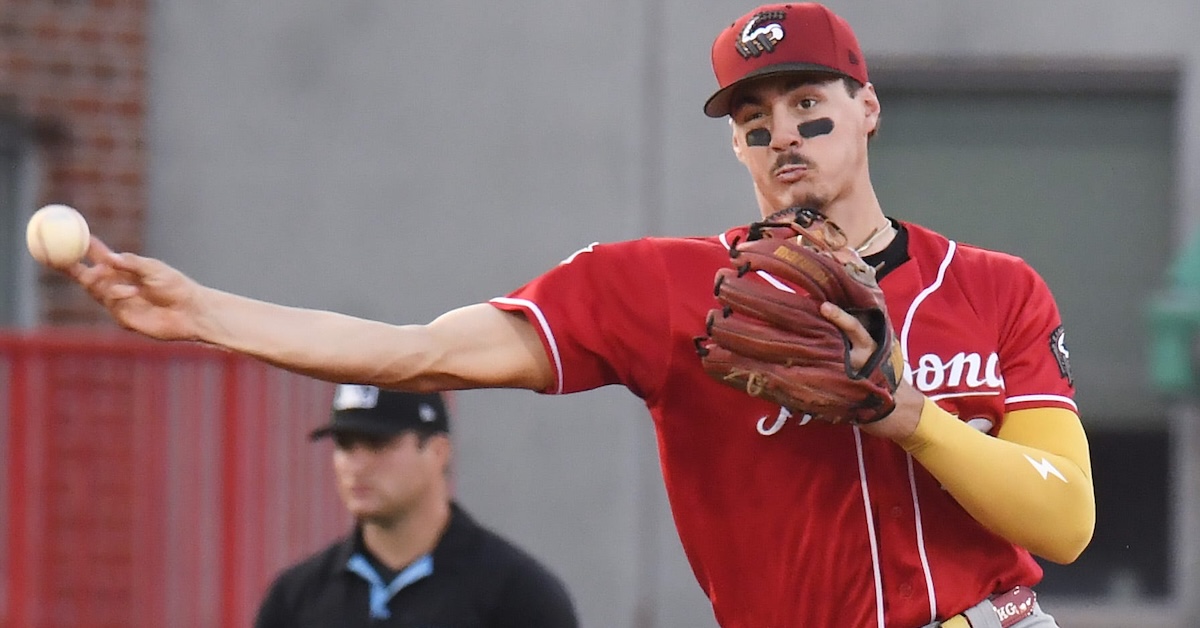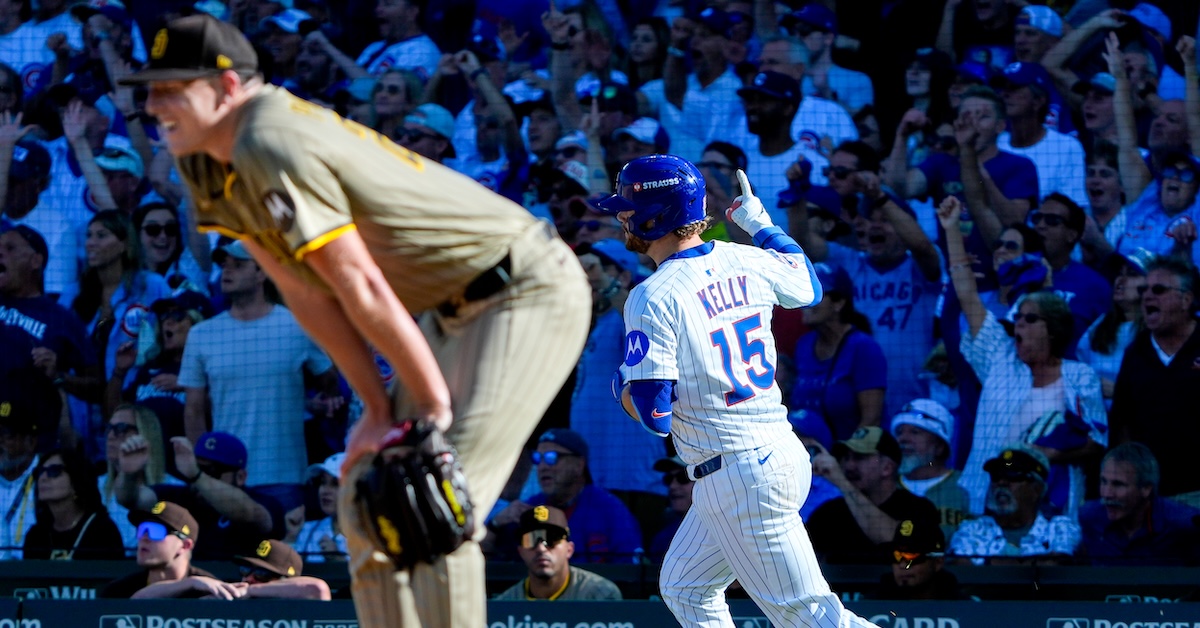Arizona Fall League Prospect Stock Check-In
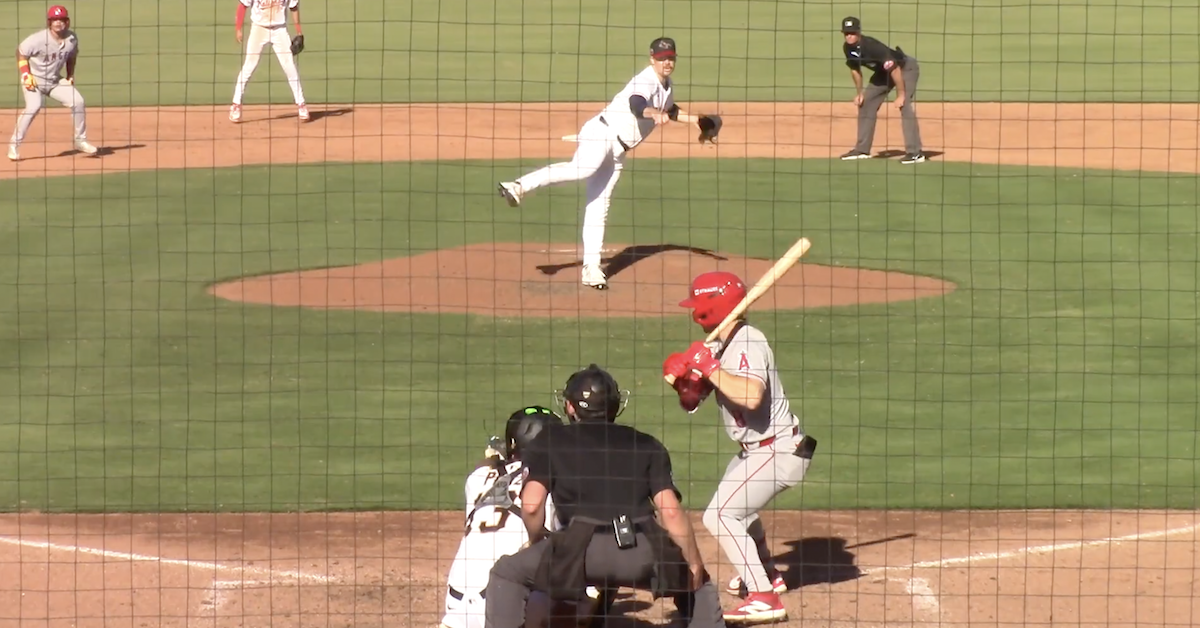
Here in Arizona we are now through two weeks of play in the Fall League, with some schedule alterations (a few days of cancellation and a doubleheader makeup effort Tuesday) caused by the impact of tropical moisture coming up through Mexico’s Pacific Coast. Though roughly 60% of the slate remains, there are already some individual players who have moved the scouting needle either for me, or for the many folks here braving Bell Road and walk-prone pitching to sharpen their club’s understanding of these guys. I’ve pushed a bunch of updates to the 2025 Fall League tab on The Board, and below have a Map Key so you can quickly parse the basics of those updates, as well some scouting notes on the players whose grade or projection has changed.
Trend Column Map Key
You’ll notice the “Trend” column on The Board. There are several (mostly self-explanatory) symbols there to give you an idea as to the way a player has looked. The “Up” arrow indicates someone has played well enough, or looks different enough, for me to have upped their FV grade from prior reporting. It’s possible the upward trend will continue throughout the Fall and that the player’s grade increases yet again during offseason org list work. In the cases where the player is struggling so badly as to have earned a “Down” arrow, I haven’t nerfed their FV grade at this time because, historically, there are lots of great players who struggled in the AFL because of fatigue, indifference, or some other reason independent of their talent.
The target “🎯” signifies either players whom I haven’t seen yet, or players who might be Up arrow guys if they reinforce a good early look with more of the same. At a certain point (like a weekish from now) the games I decide to attend on a given day will be dictated entirely by who is left on my target list. The “New” tag indicates players who weren’t on The Board previously, and the Band-Aid “🩹” designation indicates either players whom I haven’t seen, or those who aren’t playing due to injury. Read the rest of this entry »
